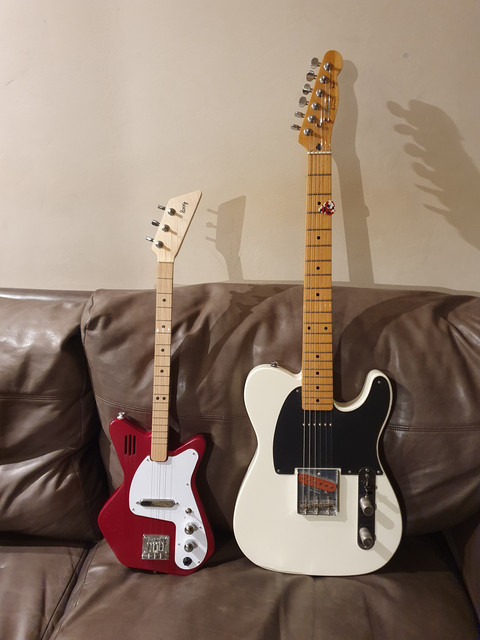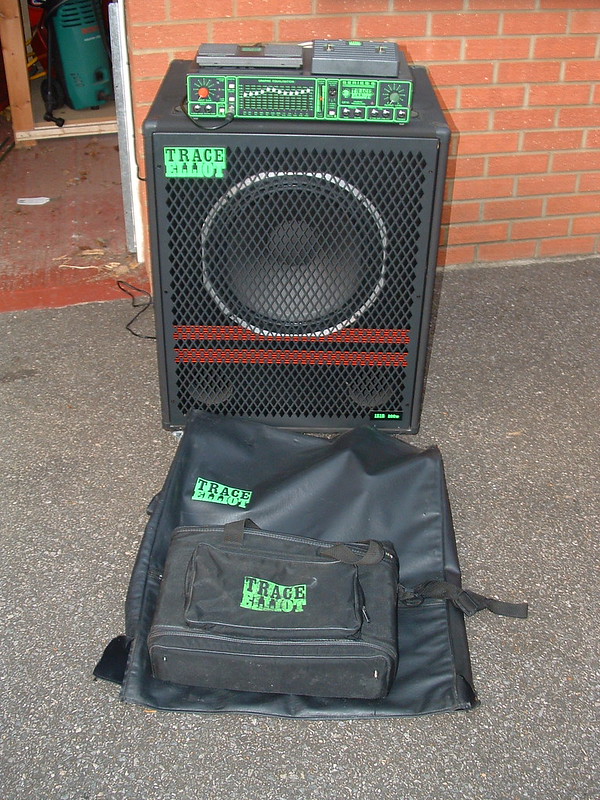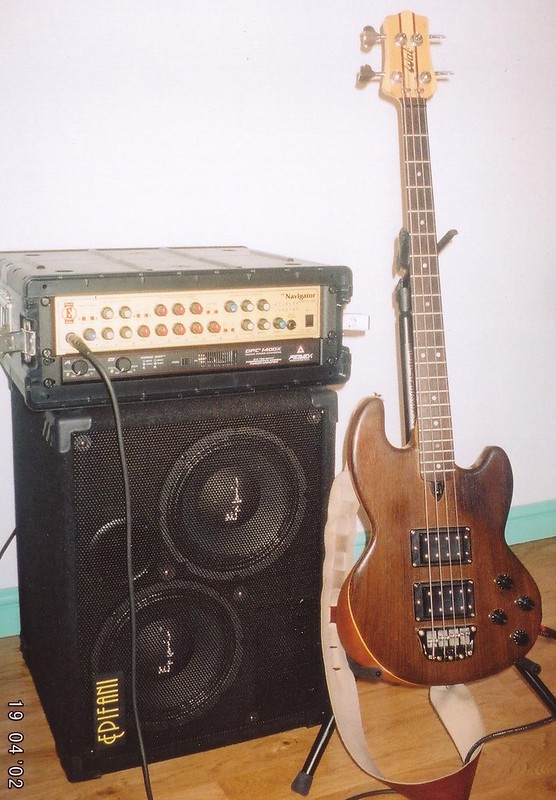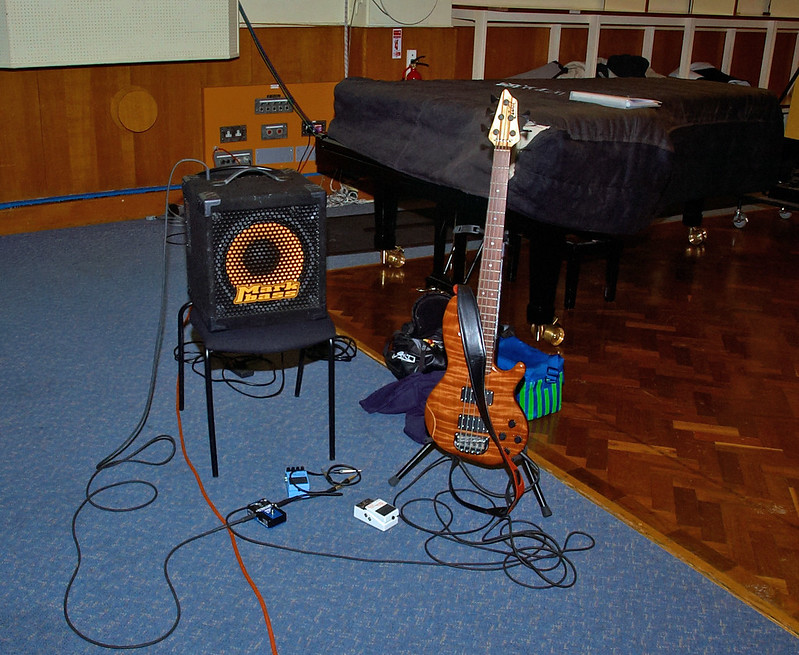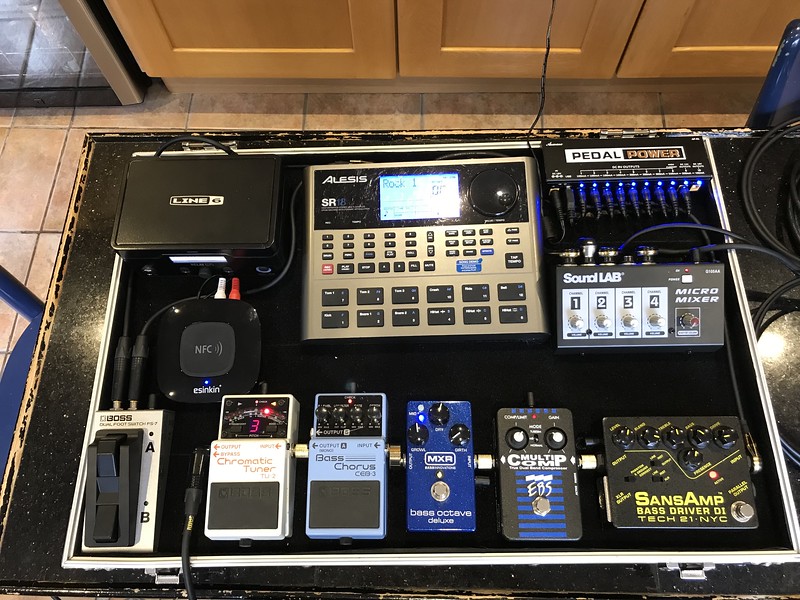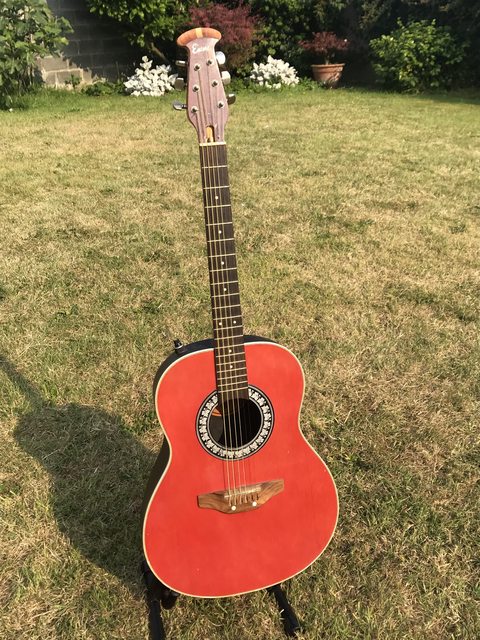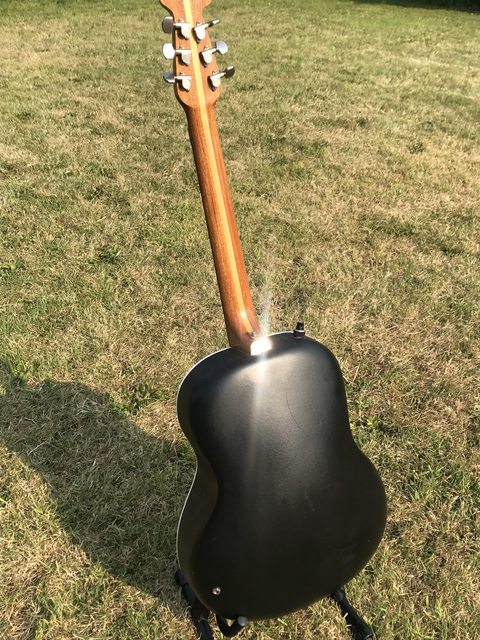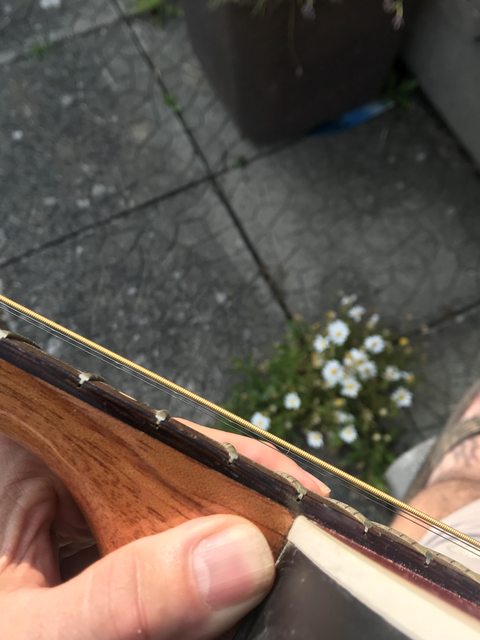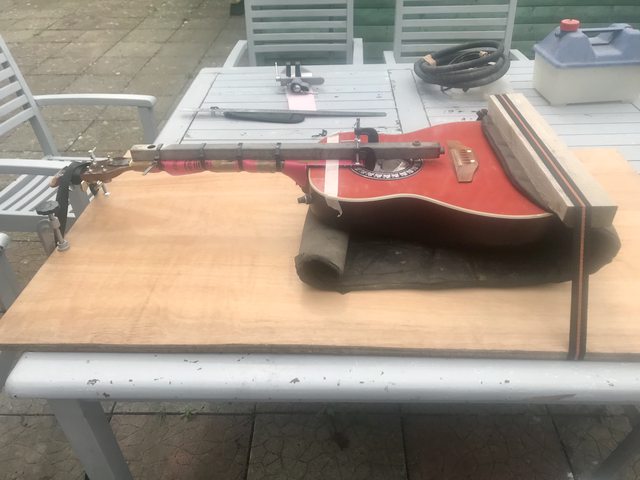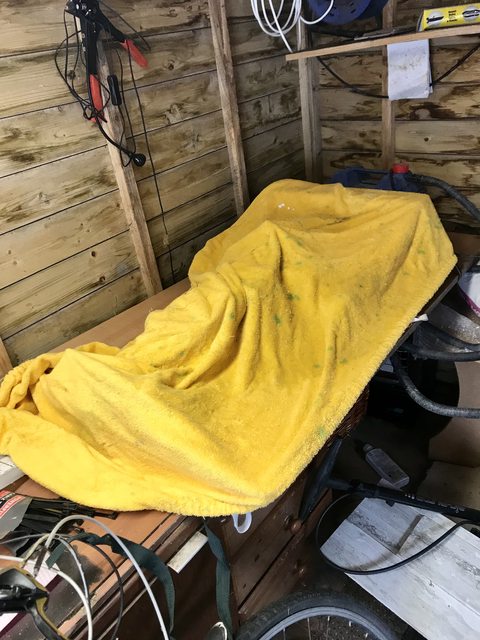Changing the string gauge will affect the pull on the neck - but not sufficiently to displace the truss rod cover (imo). Sounds to me like a problem with the insert either warping or perhaps it being a poor fit to start with. I'd go ahead and check the relief and action, and see if you can tweak it with the truss rod as-is. Post up some photos maybe ?
Not sure if I posted this before, but fwiw I bought a similar sounding cheap plastic bowl-back 'Encore' brand guitar from a charity shop for the princely sum of €10 not so long ago because the action at the neck joint was about 3/4"

Thought I'd be able to tweak it a back into shape with the truss rod - but it was too far out of shape, and a bit of googling suggested those Encore bowl back models were prone to bending at the neck joint, only solvable through an expensive neck-reset from a pro.
A bit more googling threw up a ghetto neck reset method using a wallpaper steamer to soften the glue at the neck in combination with a rig to realign it:
Took the plunge, bought a s/h wallpaper steamer and jury rigged a setup in the shed, and had at it:
Apply steam, bend, wait a few days
Measure, repeat as necessary, remeasure, repeat etc.. until..
Took a week or two to settle down after I restrung it, but has been perfect ever since.
All a (very) roundabout way of saying - if the guitar is cheap enough and deemed beyond economical conventional repair, then don't be afraid to try something.
You probably dont really have a whole lot to loose



